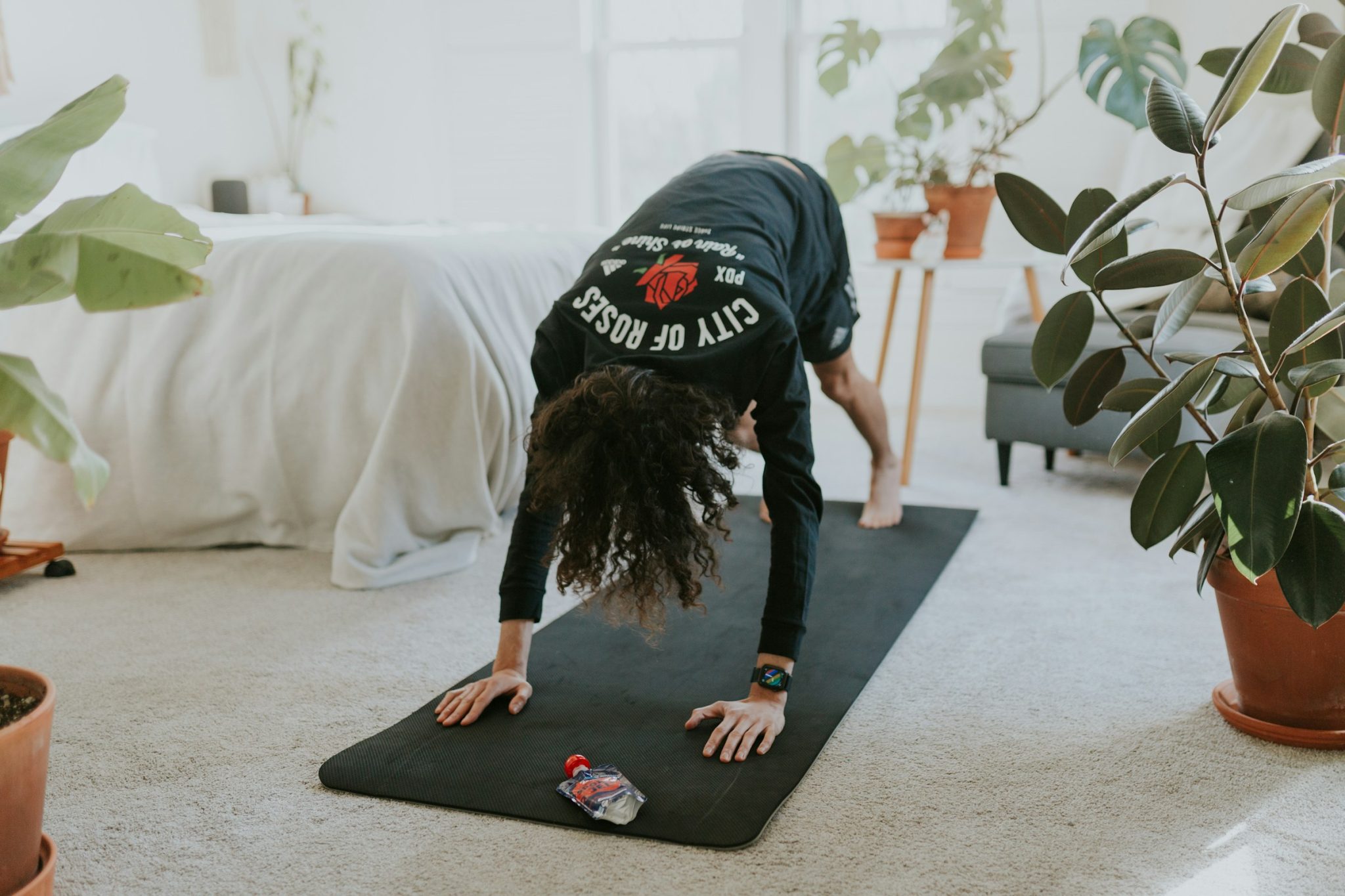In today’s fast-paced world, finding time for exercise can be challenging. Between work, family, and social obligations, it’s easy for physical fitness to take a back seat. However, maintaining a regular workout routine is essential for overall health and well-being. The key is to create a personalized workout plan that fits seamlessly into your lifestyle. In this comprehensive guide, we’ll explore the steps to crafting a personalized workout routine tailored to your unique needs and preferences.

Table of Contents
Set Realistic Expectations and Progress Gradually
Setting realistic expectations and progressing gradually is vital for long-term fitness success. Utilizing workout templates on Google Sheets can help structure your goals and progression effectively. Begin with manageable objectives aligned with your current fitness level, such as committing to exercise a set number of days per week or following a specific workout routine. As you establish consistency and confidence, gradually ramp up the intensity, duration, or frequency of your workouts.
This incremental approach minimizes the risk of burnout or injury from overexertion. Pay attention to your body’s feedback and adjust your plan as necessary, incorporating rest days or modifying exercises to prevent strain. By setting achievable goals and advancing at a sustainable pace, you can stay motivated, avoid setbacks, and sustain ongoing progress and satisfaction on your fitness journey.
Assess Your Current Fitness Level
It’s crucial to assess your current fitness level. This includes evaluating your strength, endurance, flexibility, and overall health. Consider factors such as:
Physical Strength: Can you perform basic exercises like push-ups, squats, and lunges without difficulty?
Cardiovascular Endurance: How long can you sustain moderate to intense physical activity, such as jogging or cycling?
Flexibility: Are you able to perform stretches and maintain proper form during exercises?
Health Considerations: Do you have any existing health conditions or injuries that may impact your ability to exercise?
Consulting with a healthcare professional or a certified fitness trainer can provide valuable insights into your current fitness level and any limitations you should be aware of.
Define Your Goals
Once you have a clear understanding of your starting point, it’s time to define your fitness goals. Ask yourself what you hope to achieve through your workout routine. Goals can be:
Weight Loss or Maintenance: If your goal is to lose weight or maintain a healthy weight, focus on calorie-burning activities and a balanced diet.
Muscle Building: To increase muscle mass and strength, incorporate strength training exercises using weights or resistance bands.
Cardiovascular Health: Improve your cardiovascular fitness through activities like running, swimming, or cycling.
Flexibility and Mobility: Enhance your flexibility and mobility with stretching, yoga, or Pilates routines.
Having specific, measurable goals will guide your workout plan and help track your progress over time.
Identify Your Preferences and Interests
One of the keys to sticking with a workout routine is choosing activities that you enjoy. Consider your preferences and interests when designing your plan. Some factors to consider include:
Type of Exercise: Do you prefer cardio workouts, strength training, flexibility exercises, or a combination of these?
Environment: Are you more comfortable exercising at home, outdoors, or in a gym setting?
Time of Day: Determine whether you’re a morning person who prefers early workouts or if you have more energy in the evenings.
Tailoring your routine to align with your preferences increases the likelihood of consistency and long-term adherence.
Create a Balanced Workout Plan
A well-rounded workout plan encompasses a blend of cardiovascular, strength, flexibility, and restorative exercises. For cardiovascular exercise, aim for 150 minutes of moderate-intensity or 75 minutes of vigorous-intensity cardio weekly, including activities like brisk walking, jogging, cycling, dancing, or swimming. Incorporate strength training exercises targeting major muscle groups at least two to three times per week, utilizing free weights, resistance bands, or bodyweight exercises. Allocate time for stretching or yoga sessions to enhance flexibility, reduce stiffness, and prevent injuries. Ensure your body gets sufficient rest and recovery days to repair muscles and avoid burnout or increased injury risk due to overtraining. To maintain engagement and prevent monotony, alternate between different workout types throughout the week, keeping your routine dynamic and stimulating.
Incorporate Variety and Fun
Keep your workouts engaging and enjoyable by incorporating variety into your routine. Try new activities, classes, or workout formats to challenge yourself and prevent monotony. Consider options like:
Group Fitness Classes: Joining group fitness classes can provide motivation, accountability, and a sense of community.
Outdoor Activities: Take advantage of outdoor activities such as hiking, cycling, or playing sports for a change of scenery and fresh air.
Fitness Apps and Online Workouts: Explore fitness apps, online videos, or virtual classes for guided workouts and inspiration.
Adding variety keeps your workouts interesting and helps prevent plateaus in progress.
Prioritize Consistency and Accountability
Consistency is key to achieving long-term fitness goals. Schedule your workouts like appointments, prioritizing them in your daily routine. Find an accountability partner, such as a workout buddy, coach, or online community, to stay motivated and accountable. Tracking your progress, whether through a fitness journal, app, or wearable device, can also help monitor your consistency and celebrate achievements along the way.
Listen to Your Body and Adapt
Listening to your body and adapting your workout routine accordingly is a critical aspect of maintaining long-term fitness and well-being. Pay close attention to any signals your body may be sending, such as feelings of fatigue, discomfort, or signs of overtraining. These indicators are your body’s way of communicating its limits and needs. Give yourself permission to rest and recover when necessary, as pushing through fatigue or pain can lead to burnout and an increased risk of injury.
Flexibility and adaptability are key components of a sustainable workout plan, allowing you to modify exercises, adjust intensity levels, or incorporate rest days as needed. By prioritizing your body’s cues and making proactive adjustments, you can ensure that your workout routine remains effective, enjoyable, and supportive of your overall health and fitness goals for the long term.

Crafting a personalized workout routine that fits your lifestyle requires careful planning, consideration of your goals and preferences, and a commitment to consistency and adaptation. By assessing your current fitness level, defining clear goals, incorporating variety and fun, and prioritizing consistency and accountability, you can create a sustainable workout plan that supports your overall health and well-being. Remember to listen to your body, celebrate your progress, and enjoy the journey towards a healthier, happier you.
- About the Author
- Latest Posts
Whether she is researching the latest trends in home decor, life-changing destination getaways, or the best way to maintain your finances, Dewey takes pride in leaving no stone unturned. She is passionate about distilling and delivering high-quality information that you can use to upgrade your life.

